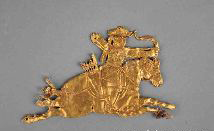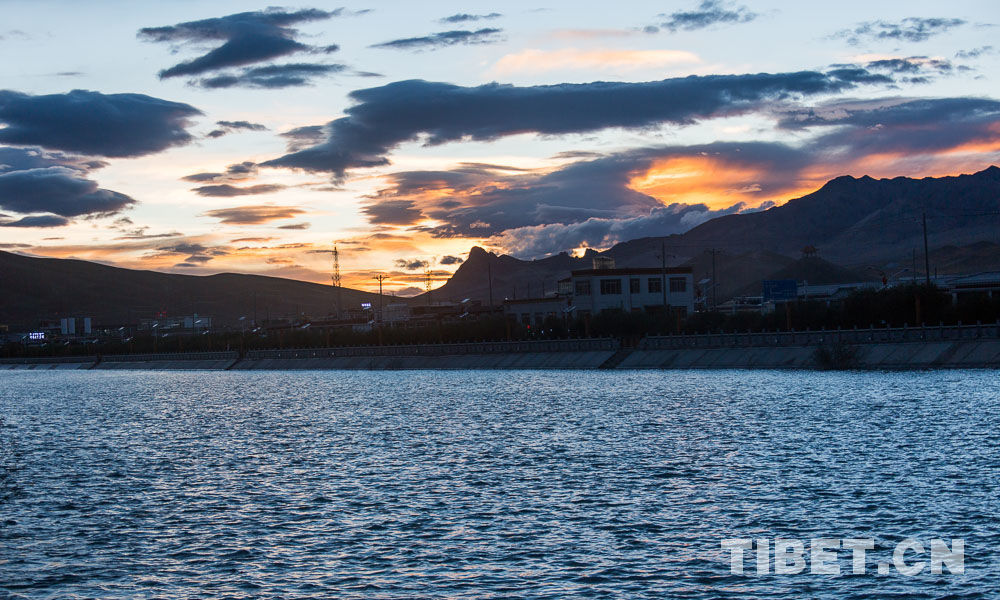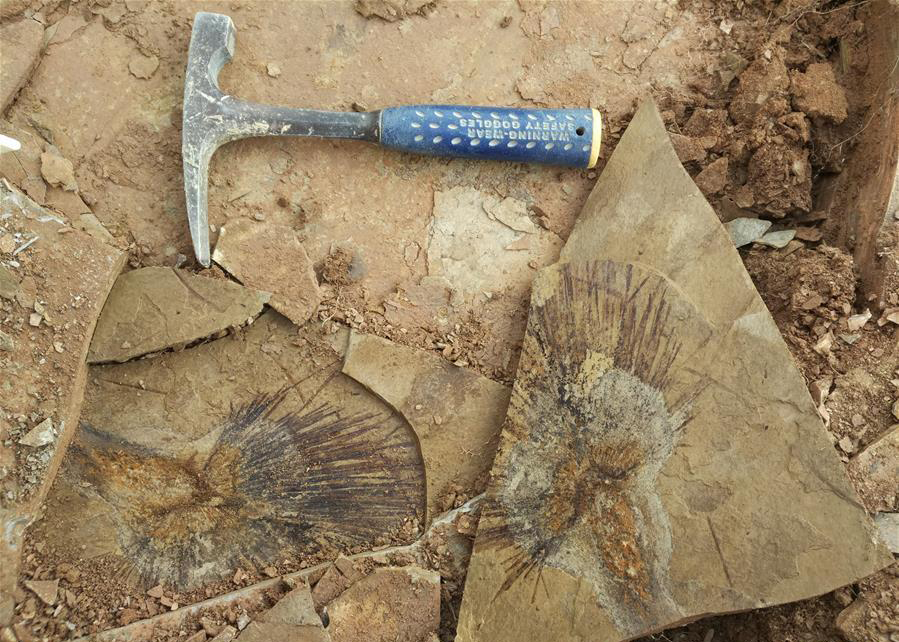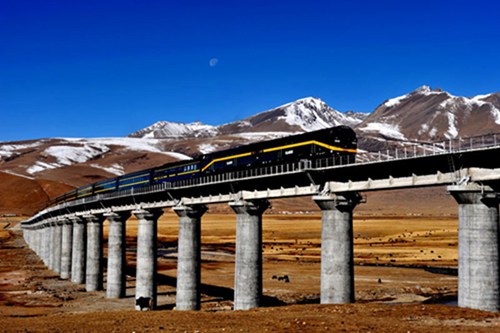A show of gratitude
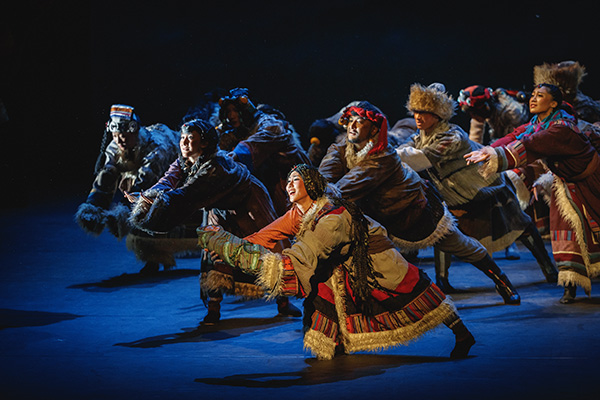
The dance drama, The Railway to Tibet, tells stories of people who sacrificed their lives during the construction of the Qinghai-Tibet Railway.[Photo/China Daily]
Wang Ge sat for a whole afternoon at a graveyard along the railway between Qinghai and Tibet. He ultimately decided to tell the stories of the people who died during the construction of this vital lifeline.
Wang is the director of the dance drama, The Railway to Tibet, one of the 51 productions performed during the 12th China Art Festival running in Shanghai from May 15 to June 2. Two performances of the play were staged at the Shanghai Poly Grand Theater on May 24 and 25.
The original dance drama commissioned by the National Center for the Performing Arts, and produced by the NCPA and the Beijing Dance Drama and Opera (Theater), will compete for the Wenhua Award, China's top prize for professional performing arts that's issued by the Ministry of Culture and Tourism.
Winners will be announced at the closing ceremony of the China Art Festival on June 2.
It took the NCPA three years to create the dance drama, which premiered on July 1, 2018, in celebration of the 12th anniversary of the opening of the railway between Qinghai province and the Tibet autonomous region.
Wang was selected to direct the show. The independent artist initially believed it was impossible to present such a subject through dance, without the use of verbal language.
Wang and the creative team made several visits to Tibet in preparation. They experienced the climate, and the geological and geographical challenges the engineers and workers faced. And they learned about the area's folk art and culture, especially traditional music and dance.
Wang was taken to the graveyard for the railway construction crew during one of the visits.
"There were young soldiers and civilians, and ethnic Tibetan and Han people alike, who lie there in silence," he recalls.
"They lost their lives in the construction of this crucial railway. I wanted to give them a voice to tell their story."
The Qinghai-Tibetan Plateau lacked transportation infrastructure for centuries. In the 1950s, China started to plan a railway, spanning nearly 2,000 kilometers, from Qinghai province's capital, Xining, to Tibet's capital, Lhasa.
The first phase, connecting Xining with Qinghai's Golmud, was completed in 1984.
The second phase, linking Golmud with Lhasa, began in 2001, and the first train set off on July 1, 2006.
"I wanted to focus on ordinary young people and take a lighthearted approach to this heavy subject," Wang says.
"I want people to feel the brotherly ties among the builders, see the bonding between the ethnic Han workers and local Tibetan people, and identify with their love and joy. I want audiences to smile and feel touched emotionally so they can appreciate what these beautiful young people sacrificed."
Li Xing, an international-award-winning dancer, performs the lead role of Lu Tian, a young soldier among the builders, who falls in love with an ethnic Tibetan woman and dies saving his comrades in a tunnel collapse.
"I have portrayed many characters, but never before had I come across a role so close to my true self," Li says.
"I was once a young soldier - playful, curious and happy, just like him. I've also had such experiences when you have to chin up and make the turning point from a boy to a man. I try not to make the effort to portray the role but just express myself honestly."
Li's performance won high praise from Tian Qinxin, a renowned theater director and deputy head of the National Theater of China.
"He's brilliant on the stage. He has a sparkling aura. His technique is flawless, and his physical performance is completely consistent with his mind," Tian says.
"He gave the most natural and purest performance. He and other young dancers have created a masterpiece of dance drama with a realistic theme."
Since its premiere, The Railway to Tibet has staged 45 performances, including shows at the NCPA, the 12th National Dance Performance in Yunnan province and on university campuses in various Chinese cities.
Tibet Stories
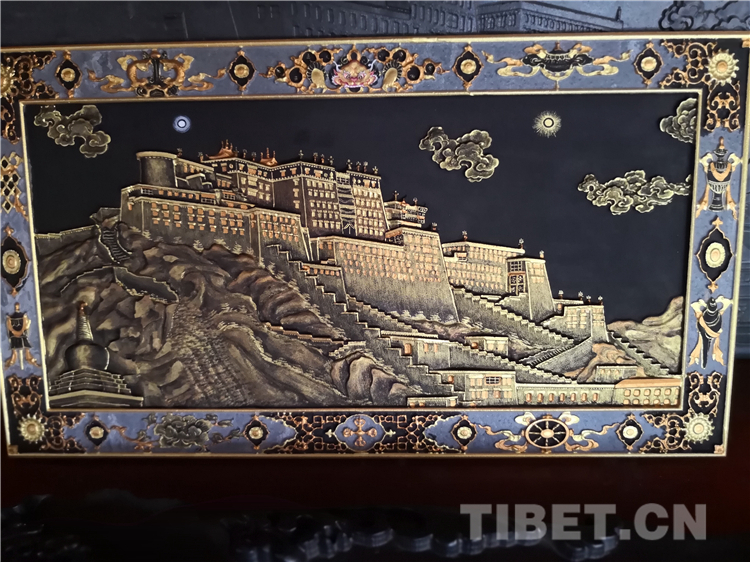
Gokyi Chuba’s entrepreneurial journey
“I found that traditional Tibetan shale carvings combined with thangka painting techniques ...
Editor’s Choice
- Top political advisor stresses religious work, poverty alleviation in Tibetan-inhabited regions
- Border port reopens between China, Nepal
- You Quan meets winners of Tibetan Buddhism “Thorampa” advanced title
- China hopes U.S. ambassador will better understand Tibet through visit
- Tibet shows it cares for a cleaner Mt Qomolangma


